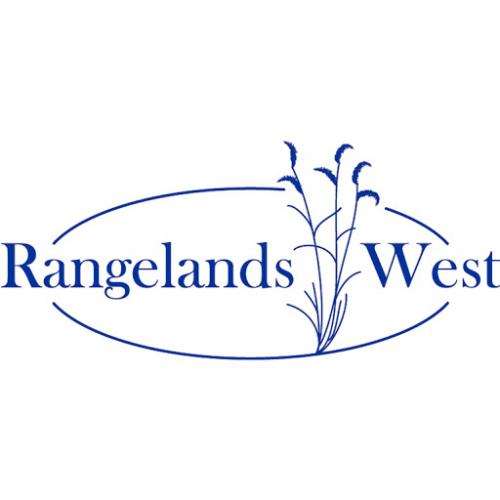As human and natural forces continue to alter the hardwood landscape, resource agencies,
county planners and local interest groups find it increasingly important to monitor and assess
these alterations. The California Land Cover Mapping and Monitoring Program (LCMMP), a
cooperative program between the US Forest Service and the California Department of
Forestry and Fire Protection, is addressing statewide long-term monitoring strategies using
Landsat Thematic Mapper (TM) satellite imagery. The LCMMP creates seamless vegetation
and monitoring data across California's landscape for regional assessment across all
ownerships and vegetation types. This paper focuses on the hardwood rangeland region from
Shasta County in the north to Kern County in the south, extending from 300 to 5,000 feet in
elevation. Results indicate that most of the hardwoods did not undergo change between 1991
and 1996. However, large change did occur in concentrated areas from wildfire, harvest and
development. Regeneration of hardwoods was also detected. The LCMMP directly addresses
CDF's need for a long-term monitoring strategy to inform discussion of issues centered on
California's hardwood rangelands. CDF now has the ability to identify trends in hardwood
rangeland structure, health, resource use and other factors that affect long-term viability
across large regions. The LCMMP provides critical information on the impacts management
decisions and natural forces have on the environment. This information includes the actual
location and extent of change, three levels of vegetation cover increase and decrease and the
cause of change. Knowing the location and extent of vegetation change provides a picture of
the distribution and concentration of change areas. Levels of change give an indication of
vegetation removal, vigor or health. Understanding what is causing these changes creates an
awareness of the impacts change agents have on the landscape. This information is useful to
assess the effectiveness of existing policies, programs, management activities and regulations,
and to develop alternatives as needed (e.g., county voluntary guidelines for oak woodland
management).
source:abstract

Articles, citations, reports, websites, and multimedia resources focused on rangeland ecology, management, restoration, and other issues on American rangelands.